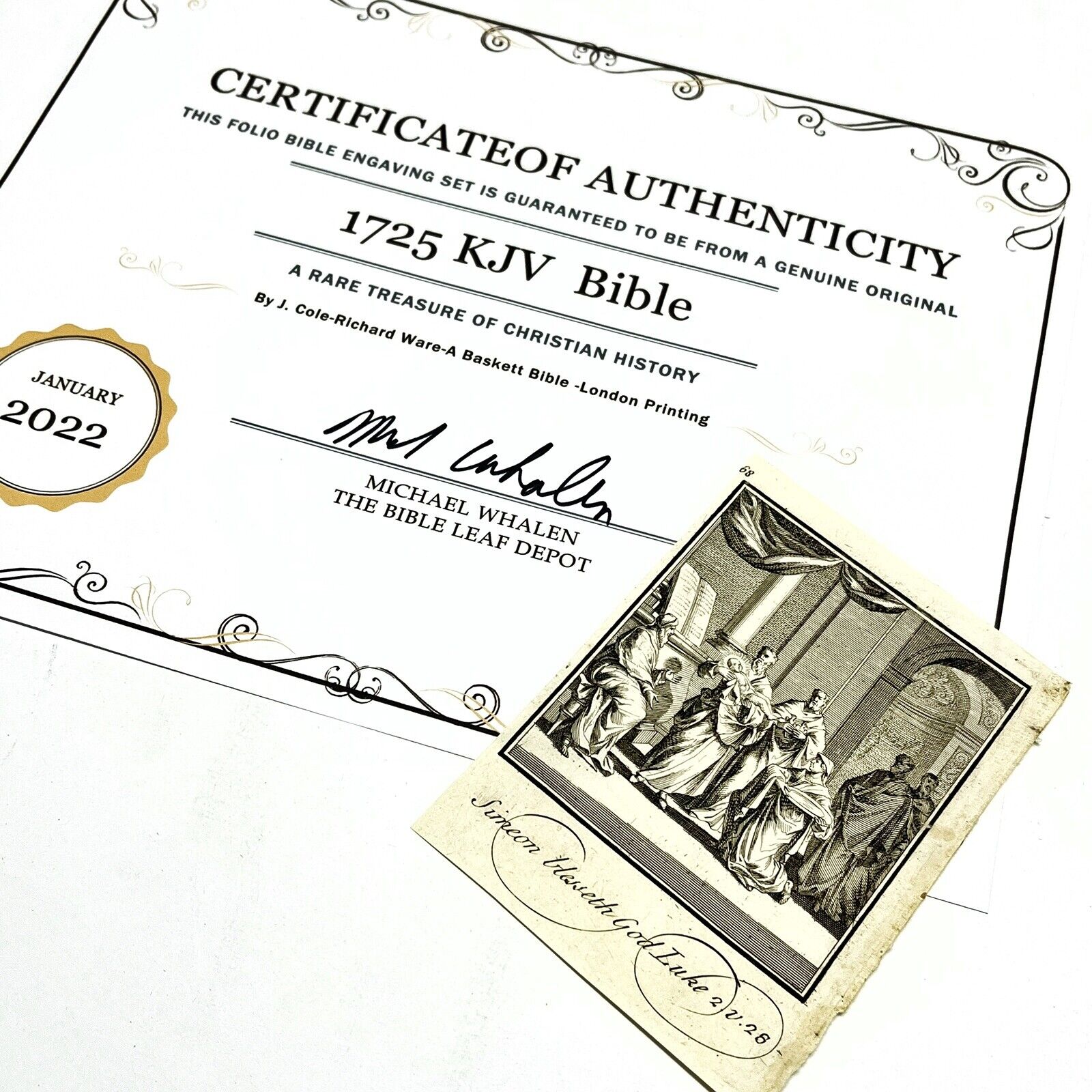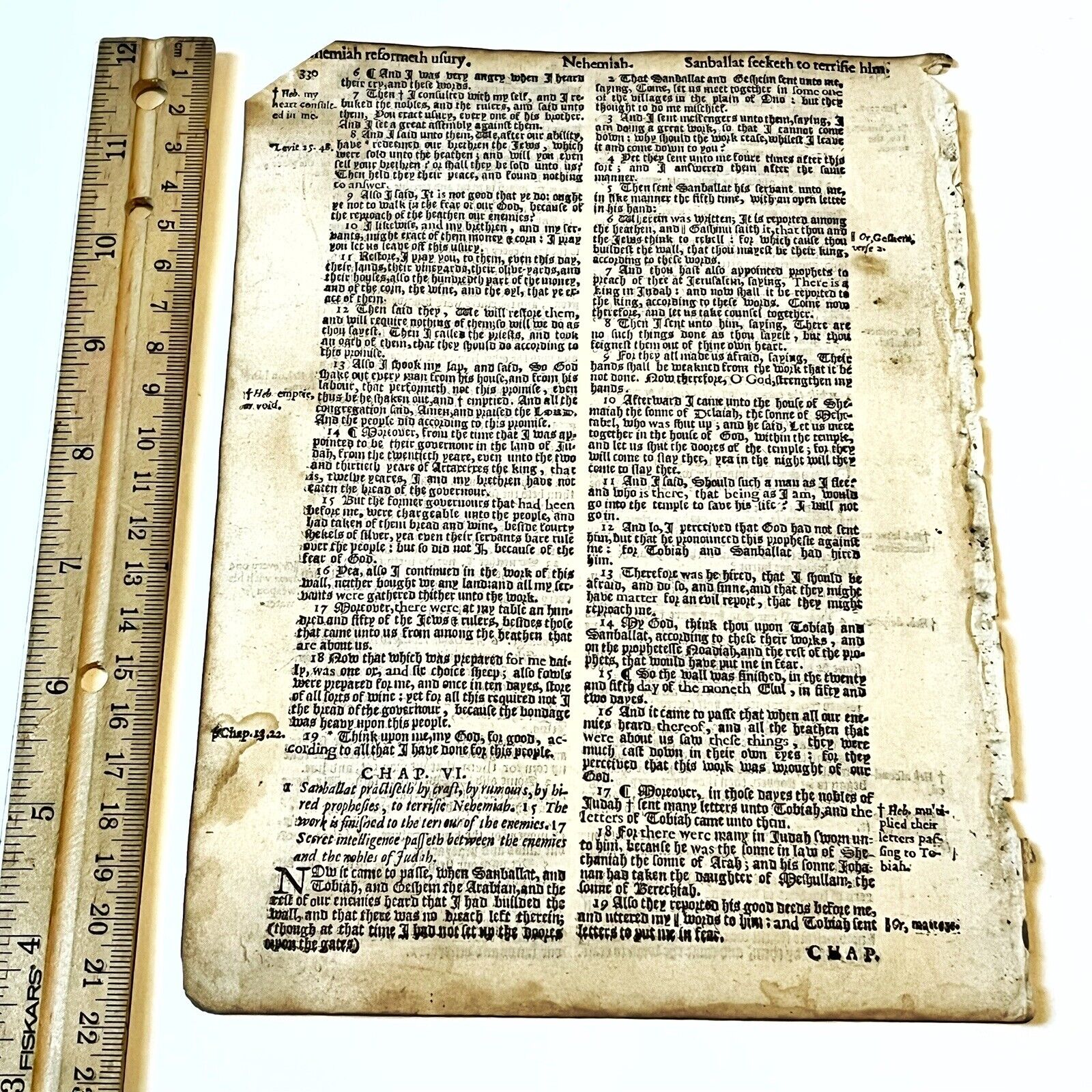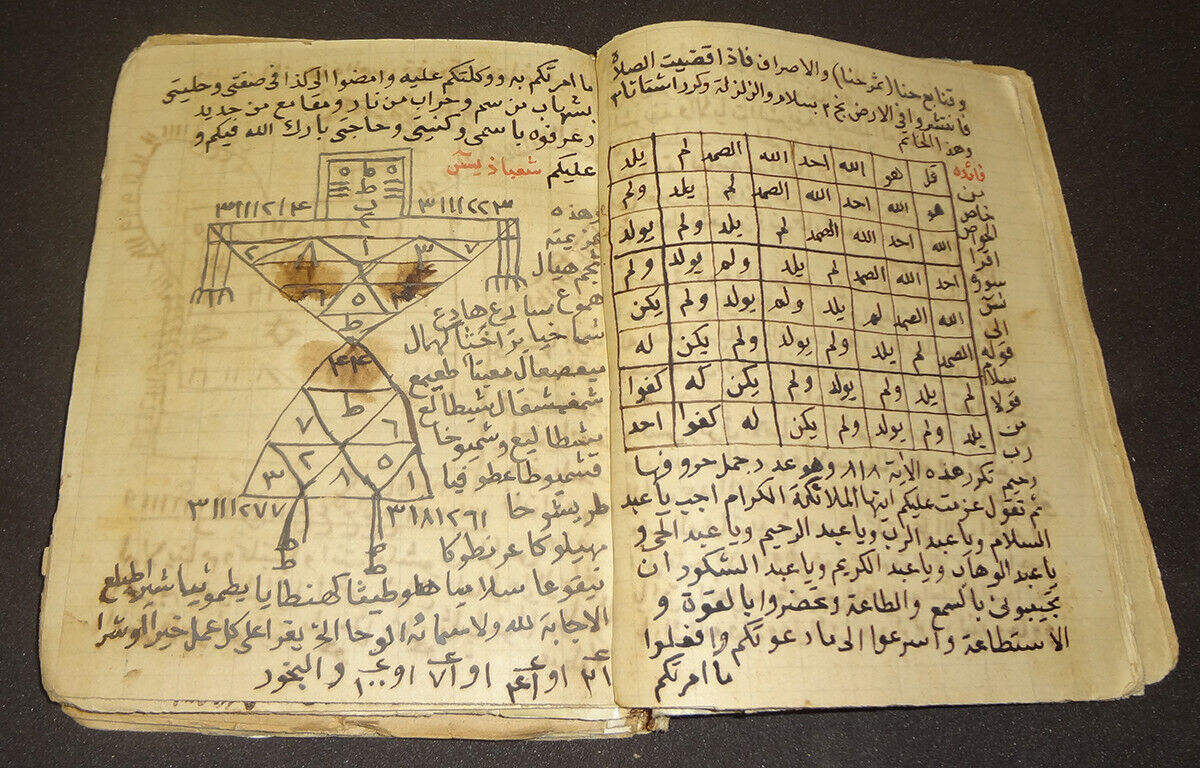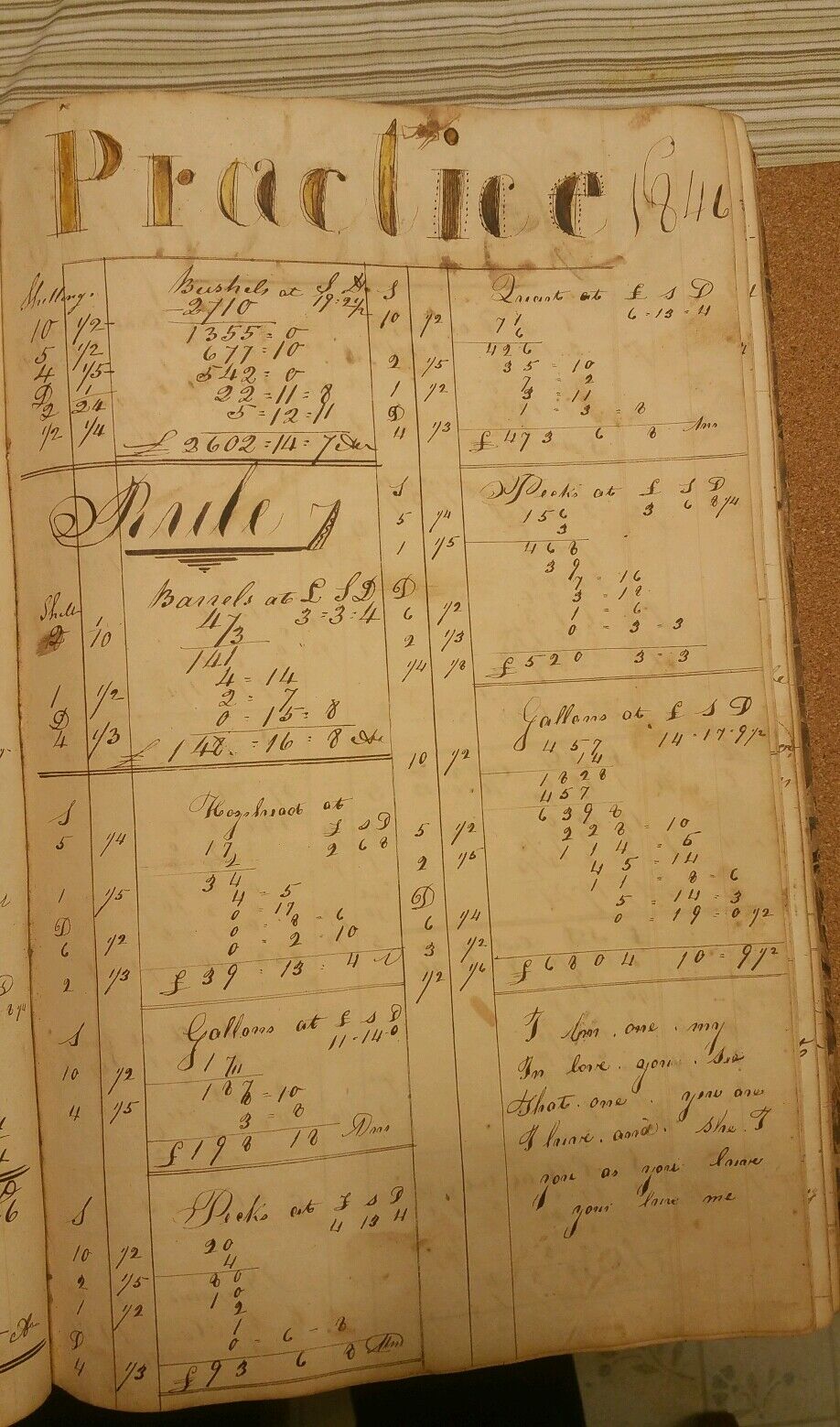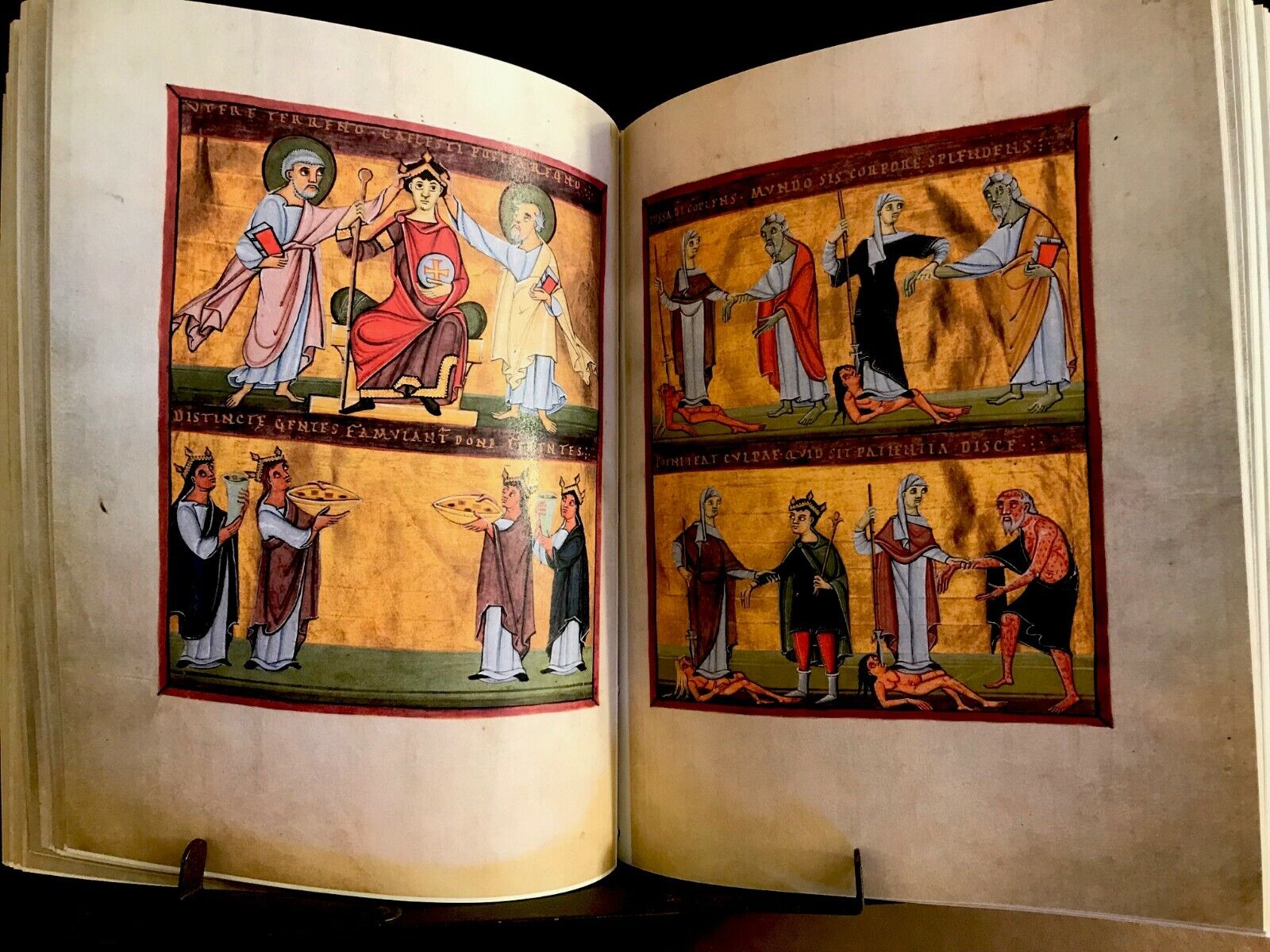-40%
Rare Kanawha Salines, West Virgina, Ledger, 1862-1880, Great Salt Mining Region
$ 792
- Description
- Size Guide
Description
Rare Kanawha Salines, West Virgina, Ledger, 1862-1880, Great Salt Mining Region. Ledger begins as a location in Virginia before West Virginia became a state. Measures 12 x 15.50 inches, 674 pages, of which roughly 110 or so have entries. In the early entries Mrs. S. Hill is running the business, which is trading in good in Kanawha Salines. Later, it looks like others are in charge. Super early Ledger for West Virginia. Condition is pretty good for the age, binding is tight, interior very readable. It is big and heavy, so it will be a bit to ship.Kanawha Salines
The Kanawha Salines salt-producing district stretched approximately 10 miles along both sides of the Kanawha River, from Witcher Creek downstream to the present Kanawha City neighborhood of Charleston. After Joseph and David Ruffner successfully drilled for brine and erected the first furnaces in 1808, the Salines rapidly became the largest salt-making area in the United States, a position it held until the 1830s. As time passed, the most productive part of the Salines field was around Malden, where brine waters were of greater salinity. The salt was used for meat preservation in the Ohio Valley. After the 1830s, New York salt and foreign importation affected Kanawha sales, but the area retained its primacy until the 1850s when agricultural production shifted westward from the Ohio Basin and other salt fields developed.
Kanawha Salines was also the name of the post office in the community known as Terra Salis, east of Georges Creek on the north side of the Kanawha. In 1831, Terra Salis became Malden when David Ruffner laid out lots, streets, and alleys. Dozens of salt furnaces and salt well rigs crowded the riverbank, and tramways brought coal from mines in the nearby hills. Up to 1,500 slaves, several hundred white laborers, and a few dozen owners, overseers, and managers manned the works. Dozens of coopers, boat-builders, well-drillers, teamsters, carpenters, and masons supported the industry. Transient river men from steamboats and flatboats combined with these residents to earn the Salines a notorious and raucous reputation. Travelers often commented on the continuous noise of steam engines and machinery, the almost constant presence of coal smoke, ash particles, and cinders, and the dismal appearance.
UPDATE TO THE LISTING: Been looking st this a bit more and wanted to add some more specifics. The Ruffner name mentioned above is a name I see repeatedly in the early entries of the Ledger. There is also an entry regarding supplies acquired for the Virginia Home Guard (Civil War militia unit) as well as a mention of a counterfeit note that was passed through the store. While not explicit, there are also many entries discussing items of clothing purchased for people only mentioned by first name, which in my experience is usually something reserved when discussing servants and slaves in ledgers like this one.















